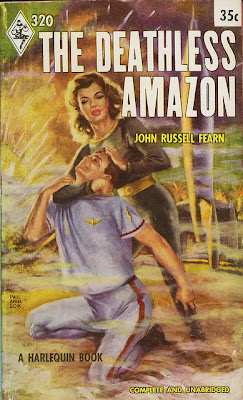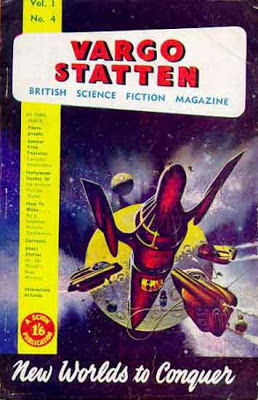Forrest J Ackerman
Science Fiction Fan, Collector, Author, Editor, Agent, Publisher, Movie Projectionist, Actor
Born November 24, 1916, Los Angeles, California
Died December 4, 2008, Los Angeles, California
There will never again be a character like the irrepressible Forrest James Ackerman. He was born in and died in Los Angeles and was intimately tied to the science fiction scene in that city from the earliest days of fandom until his death just five short years ago. During those seven or eight decades, he amassed what was surely the largest private collection of science fiction and movie memorabilia in the history of the universe. He was a member of the Los Angeles Science Fantasy Society and as such knew Ray Bradbury, Henry Kuttner, Emil Petaja, Robert Heinlein, Jack Williamson, Fredric Brown, Leigh Brackett, Ray Harryhausen, and other luminaries. I suspect that when the young and very attractive Catherine L. Moore of Indianapolis paid a visit to Los Angeles in the 1930s, she and Ackerman met. Their collaboration for Weird Tales, the Northwest Smith tale "Nymph of Darkness," grew out of their acquaintance. It was Catherine's last Northwest Smith story and her last story for Weird Tales. [For a clarification, see the comments below.] Six months after it was published, she married Henry Kuttner in New York City. Ackerman went on to write more science fiction, plus scripts and magazine pieces. He also served as a literary agent for a number of writers, including Ray Bradbury, Isaac Asimov, A.E. van Vogt, Curt Siodmak, and L. Ron Hubbard. His accomplishments and activities would fill volumes. Instead of filling volumes, I'll make an interesting connection: Ackerman's maternal grandfather was the architect George Wyman (1860-1939), an Ohioan most well known for designing the Bradbury Building in Los Angeles. If you think the Bradbury Building was named for Ray Bradbury, you're on the wrong track. That's not the connection of which I speak. Rather, Wyman designed the building based on a description from a science fiction novel, Looking Backward 2000-1887 by Edward Bellamy (1887). In a weird aside, Wyman was encouraged to take on the project from beyond the grave: he and his wife were spiritualists. The connection is not yet complete. The Bradbury Building was a setting for the movie Blade Runner (1982), a dystopia to match Bellamy's Utopia in Looking Backward. Finally, the building was the setting for Harlan Ellison's "Demon with a Glass Hand" in the television series The Outer Limits. Mr. Ellison has lived in southern California for decades and contributed to Weird Tales in 1984.
Forrest J Ackerman's Story in Weird Tales
"Nymph of Darkness" with C.L. Moore (Dec. 1939)
Text and captions copyright 2013, 2023 Terence E. Hanley






























